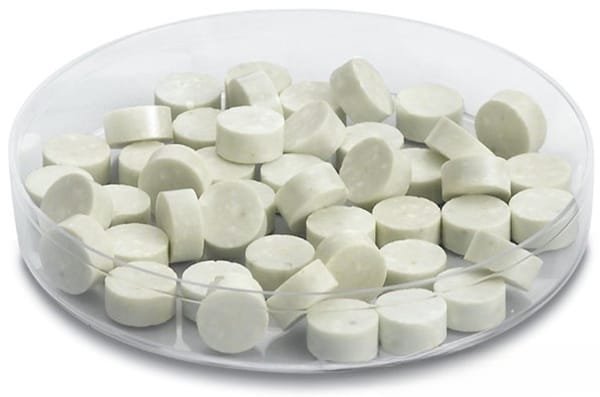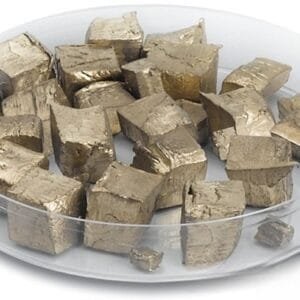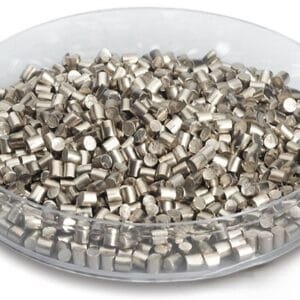Overview of Strontium Fluoride Evaporation Materials
TFM provides high-quality strontium fluoride (SrF2) evaporation materials, a specialized fluoride ceramic essential for various thin-film deposition processes. These materials, known for their high purity levels of up to 99.9995%, ensure that deposition results in superior film quality. TFM has a strong reputation for utilizing advanced quality control measures to produce highly reliable evaporation materials.
Product Variants
- Related Products: Samarium Evaporation Materials, Fluoride Ceramic Evaporation Materials
Strontium Fluoride Evaporation Materials Specification
| Material Type | Strontium Fluoride |
| Symbol | SrF2 |
| Appearance/Color | White solid |
| Melting Point | 1,473 °C (2,683 °F; 1,746 K) |
| Density | 4.24 g/cm3 |
| Purity | 99.9% |
| Shape | Powder/ Granule/ Custom-made |
Applications of Strontium Fluoride in Deposition Processes
Strontium fluoride is widely used in thin-film deposition technologies, such as semiconductor fabrication, chemical vapor deposition (CVD), and physical vapor deposition (PVD). These materials are primarily applied in optical coatings, including wear-resistant layers, decorative coatings, and display technologies, due to their high durability and performance.
Packaging and Handling
TFM ensures that strontium fluoride evaporation materials are meticulously labeled and packaged for easy identification and to maintain product integrity. Proper measures are taken to prevent any damage during storage or transport, ensuring that the materials arrive in optimal condition.
Contact TFM for Custom Orders
As a leading provider of high-purity strontium fluoride evaporation materials, TFM offers these products in various shapes, including tablets, granules, rods, and wires. Customized forms and quantities can be tailored to meet specific project requirements. TFM also provides complementary products such as evaporation sources, filaments, crucibles, and e-beam crucible liners. For inquiries regarding pricing or other unlisted materials, feel free to reach out to us directly.


 MSDS File
MSDS File



Reviews
There are no reviews yet.